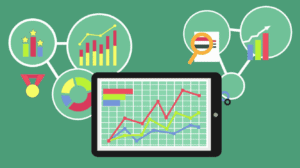What is a SEO or SEM?
If you’ve been using the internet for more than five minutes, you’ve probably heard the terms “SEO” and “SEM.” But what does all that mean? SEO is an umbrella term covering many different practices, techniques, and algorithms. While you’ve probably heard of SEO, you probably don’t know enough about it to make an informed decision. There are some differences between SEO and SEM, and both have their benefits and drawbacks.

Web page slug
The SEO web page slug is an important part of your online presence. It is displayed alongside search results, and can make a big impact on your audience’s decision to click on the link. The slug must contain keywords and avoid stop words. You can also include a date to reveal the date the content was published.
An effective slug helps people understand what the page contains. It can convey a lot of information in a short space. Essentially, it acts as a summary of the content of the page, before the user clicks through. Using a slug that is relevant to the page content will improve traffic, engagement, and clicks.
On-page elements
One of the most important elements for SEO is content. Without good content, no matter how good your SEO tactics are, they will be ineffective. Content should be unique, high-quality, and original. It’s the first SEO on-page element. Without good content, none of the other elements matter.
Your website is a signboard for Search Engine crawlers, and your On-Page Elements help them find it. They tell Google what kind of content you have on your site, and how relevant your content is to the keywords that people search for. This will improve your website’s ranking.
Page speed
Page speed is one of the most important factors to consider for a website. A slow site can lead to visitor abandonment, hurting search rankings and revenue. There are several ways to improve page speed. Using Google’s tools can help improve the speed of your site. However, this can be time consuming.
The first step in improving page speed is to determine its correlation with website rank. You can use a scatter plot to calculate this relationship. The correlation is 0.08, which is not very high. It is still meaningful, however, if you’re looking for an edge. Adding a trendline will help you see how the speed of a page can affect the overall rank of a website.

Recent Comments